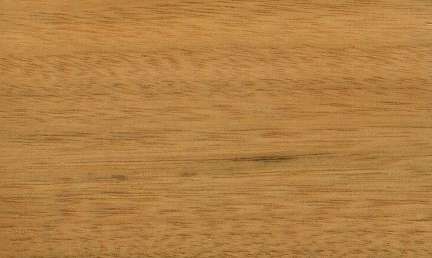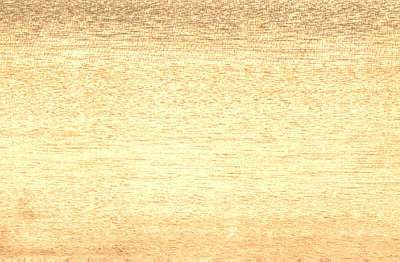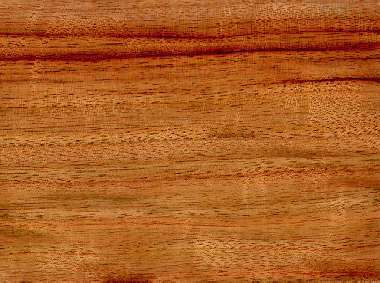  
Camphor tree (Cinnamomum camphora)
Family: Lauraceae
Common names: Camphor tree, Cinnamon wood, Dalchini, Formosan camphor, Genuine, Japan camphor tree, Japanese camphor, Kalingag, Kayu, Kusonoki, Ohez
Distributed in: Australia, Burma, China, India, Japan, Korea-North, Korea-South, Malaysia, South Africa, Sri Lanka, United States (Africa, North America, Oceania and S.E. Asia)
Distribution overview: Cinnamomum camphora occurs throughout much of Southeast Asia but its exact distribution and abundance are not known with any certainty. Large areas of wild trees once grew in Japan and Taiwan but these have largely disappeared through over-exploitation for camphor production in the years up to the Second World War. In the U.S., it is most commonly naturalized in north and central Florida, but also escapes cultivation in southern peninsula. Naturalized also in Georgia and west to Texas. Cultivated as well in other southern states: Alabama, Mississippi, Georgia, and the Carolinas, and in southern California. By 1997, documented as locally common in the flora from Texas to the Carolinas.
Common uses: Agricultural implements, Boat building (general), Boxes and crates, Cabinetmaking, Carvings, Caskets, Chemical derivatives, Chests, Coffins, Figured veneer, Fuelwood, Furniture, Joinery, Light construction, Moldings, Musical instruments, Paneling, Plywood, Poles, Sporting Goods, Toys, Trunks, Veneer, Veneer: decorative
Product sources: Small quantities of Camphor-tree, almost entirely in veneer form, are available on the world market. For small projects, some material is available from tropical and sub-tropical regions, such as Florida, where the tree is planted and cut down when it becomes old.
Environment profile: Status has not been officially assessed
Tree size: Tree height is 30-40 m
Colors: the heart isReddish brown, Yellow to golden-yellow to orangeand the sapwoodWhite, Yellow.The grain isWavy, the textureMediumand the lusterPronounced
Natural durability: Susceptible to attack from termites (Isoptera), Susceptible to insect attack
Odor: Pleasant odor
Drying Defects: Severe collapse and honeycomb, Slight twist/warp
Ease of Drying: Moderately Difficult to Difficult
Tree Identification: Bole/stem form is misshapen
Comments: General finishing qualities are rated as good
Blunting Effect: Slight
Cutting Resistance: Easy to saw
Gluing: Fairly Easy to Very Easy
Nailing: Holds nails well
Planing: good
Resistance to Impregnation: Heartwood is highly resistant
Response to hand tools: Easy to machine
Sanding: Good sanding finish
Veneering qualities: Easy to cut, Used for cabinets
Painting: Satisfactory; Polishing: Good; Varnishing: Satisfactory
;
- Numerical data Metric
- Numerical data English
- Strength properties
- References
 |
 |
 |
 |
| Item |
Green |
Dry |
Metric |
| Specific Gravity |
|
0,38 |
|
| Density |
|
496 |
kg/m3 |
| Bending Strength |
504 |
760 |
kg/cm2 |
| Crushing Strength |
275 |
420 |
kg/cm2 |
| Hardness |
|
451 |
kg |
| Impact Strength |
|
|
cm |
| Shearing Strength |
|
132 |
kg/cm2 |
| Stiffness |
79 |
92 |
1000 kg/cm2 |
| Tangential Shrinkage |
6 |
|
% |
| Radial Shrinkage |
35 |
|
% |
| Weight |
528 |
416 |
kg/m3 |
| Maximum Load |
|
|
cm-kg/cm3 |
| Toughness |
|
|
cm-kg |
| Static Bending |
|
|
kg/cm2 |
|
 |  |  |  | | Item | Green | Dry | English | | Bending Strength | 7178 | 10821 | psi | | Density | | 31 | lbs/ft3 | | Hardness | | 995 | lbs | | Maximum Crushing Strength | 3916 | 5981 | psi | | Shearing Strength | | 1883 | psi | | Stiffness | 1131 | 1321 | 1000 psi | | Specific Gravity | | 0.38 | | | Weight | 33 | 26 | lbs/ft3 | | Radial Shrinkage | 3.5 | | % | | Tangential Shrinkage | 6 | | % | | Volumetric Shrinkage | 10 | | % | |
Max. crushing strength = medium
Shrinkage, Tangential = very small
Shrinkage, Radial = very small
Modulus of Elasticity (stiffness) = very low
Hardness (side grain) = soft
Density (dry weight) = 38-45 lbs/cu. ft.
Density (dry weight) = 31-37 lbs/cu. ft.
Bending strength (MOR) = medium
Bending strength (MOR) = low
Shearing strength (parallel to grain) = medium
Shearing strength (parallel to grain) = low
Modulus of Elasticity (stiffness) = low
Density = medium
Density (dry weight) = 23-30 lbs/cu. ft.
Compression strength (parallel to grain) = low
Asano, I.,1956,Studies on the collapse of wood II,Journal of the Japanese Wood Research Society 2(3) pp104-7Banks, C.H., Schoeman, J.P., Otto, K.P.,1977,The Mechanical Properties of Timbers with particular reference to South,Africa,South African Forestry Research Institute Bulletin,(Ed.,Schoeman, J.P. 1973 & Otto K.P. 1976,No.48Chudnoff, M.,1984,Tropical Timbers of the World,U.S.A. Department of Agriculture, Forest Service, Forest Products,Laboratory, Madison.E.H. Walker,1954,Important Trees of the Ryukyu Islands,United States Civil Administration of the Ryukyu Islands Special Bulletin,No. 3Gupta, V.K., Negi, Y.S.,1982,A note on physical and mechanical properties of Cinnamomm camphora,(cinnamon) from New Forest, Dehra Dun (U.P,Indian Forester 108(6) pp438-43Keating, W.G., Bolza, E.,1982,Characteristics properties and uses of timbers. South East Asia, Northern,Australia and the Pacific,C.S.I.R.O. Div. Chemical Technology,Inkata Press,1Kline, M. 1977. Cinnamomum camphora - Camphor-tree. In A Guide to Useful Woods of the World. Flynn Jr., J.H., Editor. King Philip Publishing Co., Portland, Maine, 1994. Page 117.Kribs, D.A.,1950,Commercial and Foreign Woods on the American Market (a manual to their,structure, identification, uses and distribution,U.S.A. Penn. State College, Tropical Woods LaboratoryLamb, G.N.,1960,Foreign Woods - Camphorwood, Coachwood,Wood, Chicago. 65(6) p24Murira, K.,1984,Natural Durability Tests of Tanzanian Timbers 1955 - 1982,Tanzania Forestry Research Institute, Timber Utilisation Research Centre,,Moshi.Rendle, B.J.,1969,World Timbers (3 Vols.,Ernest Benn Ltd. LondonScott, M.H.,1935,Weights of South African Growth Timbers,South African Department of Agriculture and Forestry Bulletin,No.145,Forest Products Institute, Forestry Series No.1Streets, R.J.,1962,Exotic Forest Trees in the British Commonwealth,Clarendon Press OxfordWCMC.1992.Conservation Status Listing - Trees and Timbers of the World.World Conservation Monitoring Center - Plants Programme, Cambridge, CB3 ODL, United Kingdom.
|










